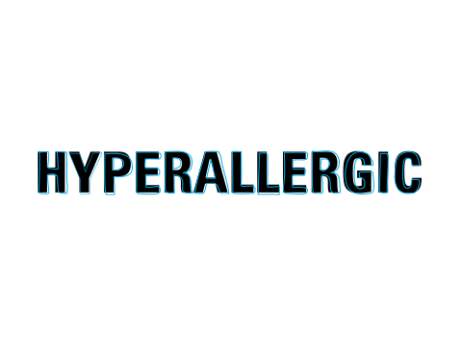Site Visits
Michael Schiavo on The Equalizer

Tell me about the creation of The Equalizer. When and how and why was it conceived?
The Equalizer came about after I'd finished editing and designing the final three issues of Tight in 2009. I wanted to further the egalitarian spirit of Tight, but didn't have the money to produce a print journal. I didn't have the money to start a web-based journal either. I did, however, have the software to produce something in between. The form came from necessity, inspired by journals like BlazeVox and Mot Juste. As for the name: Edward Woodward had passed away and the World Cup was coming up, so the word was in the air. The Equalizer was perfect for what I wanted to journal to be: a meeting place for poets of various styles, voices, backgrounds; a journal that is both digital (you can read it on your tablet or smart phone) as well as analog (you should print it out); an assembly of different sounds, musical and civic.
What makes The Equalizer different from other places to encounter poetry on the internet?
Form. The aforementioned digital-analog presentation.
Publication (in)frequency and distribution. Each series has first been published in its fifteen individual sections, then collected as a whole. The First Series was published, via email, every other day in October 2010. Links to the sections were provided by HTMLGiant via Alexis Orgera and by Maureen Thorson on her personal website. The Second Series was distributed to contributors via email in October 2014 and then links were shared on Twitter and Facebook with the complete series available via my blog, The Unruly Servant.
Size. With 75 poets, many with multiples poems, its scope and the space to publish longer poems and sequences allows The Equalizer to be a print journal with the capacity of a digital publication.
Why do you publish the work you publish? What excites you, and why?
As an editor, you get to arrange all these beautiful sonics in one place. I approach editing a journal and composing poetry in the same way. The Equalizer is, well, an equalizer: you tune in to a song, some groove, find a certain level—then the voice changes. Something new, contradictory or complimentary, equally beautiful, is introduced. The poet as DJ/producer. A conversation is happening and you're in the middle of it. What excites me? The voice of a poem excites me. The measure in which that voice is presented excites me. Amanda Montei's "Dear Jon" poems. Junior Clemons' Field Recordings. The translations of Víctor Valera Mora by Anne Boyer and Guillermo Parra. The collaborative Controversy erasures of Sam Amadon and Tom Hummel. Kasey Mohammad's Sonnagrams. Michael Peters. Jen Knox. Abraham Smith. Danez Smith.
What should someone submitting work to The Equalizer know about the site?
If there's a third series of The Equalizer, it'll appear in 2018 and solicitation/submissions might begin as early as 2017. But. I like the idea of doing a limited run of any particular journal, then creating a new one in a different format. The Equalizer is huge. Seventy-five poets, online, almost. Gondola, another journal I edit, is photocopied, saddle-stitched, with a custom-stamped cover. Each issue focuses on one poet, like Paul Violi, Chris Rizzo, or Morgan Lucas Schuldt, or a small group of poems from various poets. There were five issues in the initial run. Gondola may be resurrected in an even simpler physical format down the line. Or I may create a completely web-based journal. For the time being, I'll focus on my own poetry and continue work on my translations of ancient Chinese poems.
What other literary sites, journals, or broadcasts, online or print, are your go-to?
To name just a few. Coldfront. Forklift, Ohio. Oversound. H_NG_M_N. Coconut. Shampoo. Interrupture. Fourteen Hills. Sixth Finch. Leveler. Cell Poems.
* * *
Michael Schiavo is author of The Mad Song. He lives in Western Massachusetts.


